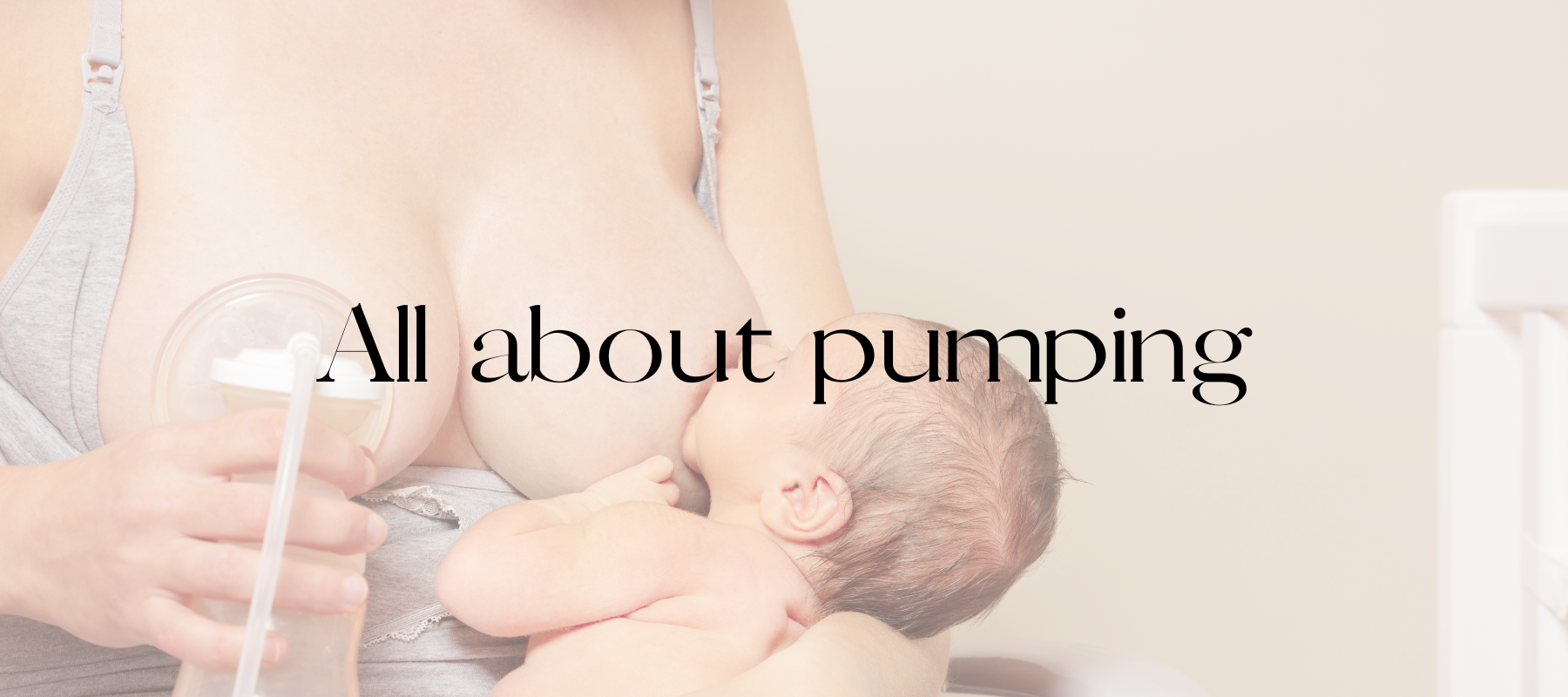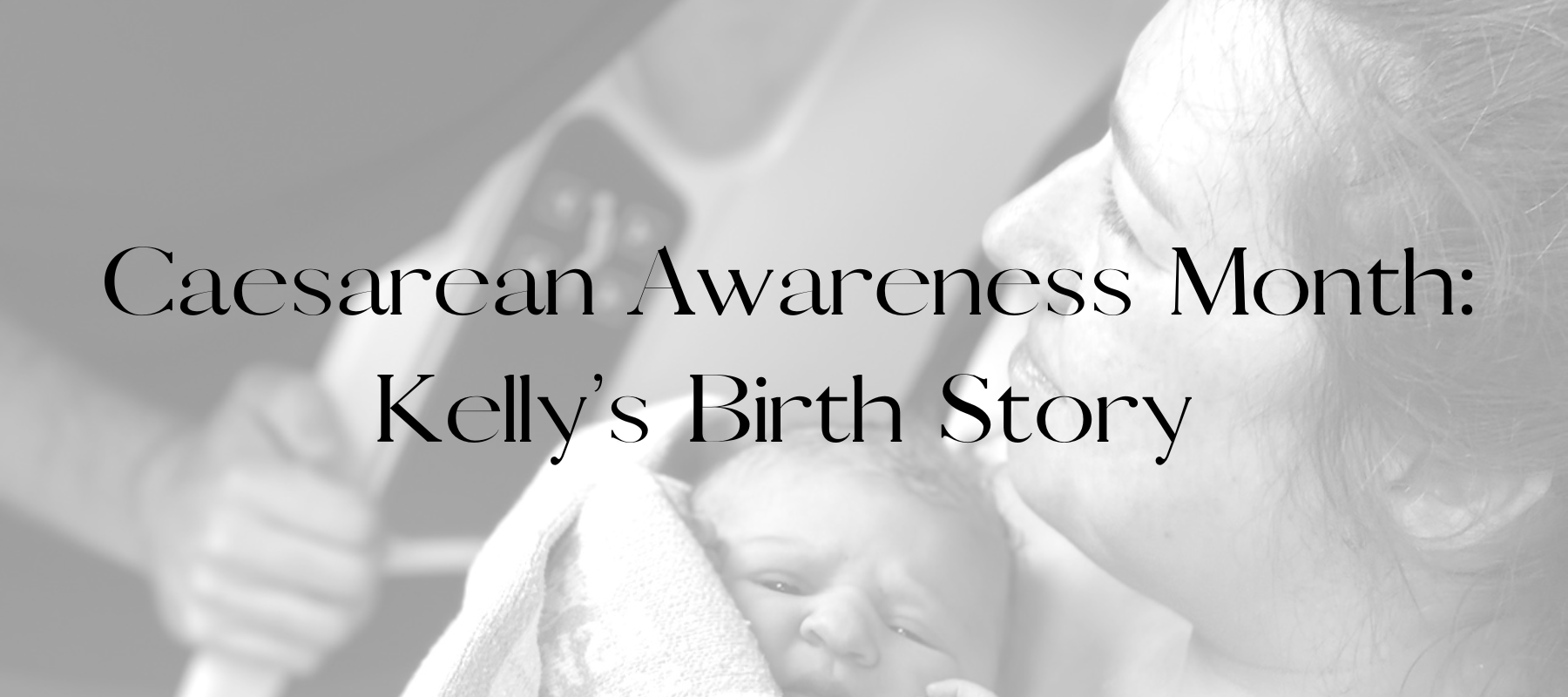When should you purchase a breast pump?
Are you considering purchasing a breast pump during your pregnancy? Typically, it’s best to wait until after your baby’s born to make the decision to purchase a breast pump. However, if you are aware that you may have a premature infant or an infant with added needs such as a cleft palate, you can be prepared by purchasing a pump before your birth.
A breast pump is only going to be needed if you are anticipating being separated from your infant regularly for three to four hours.
The most important thing about pumping is to ensure adequate milk removal to maintain a healthy breastmilk supply, noting your infant will always be more efficient at removing your breastmilk than any breast pump.
At the other end of the spectrum, pumping can cause you to produce too much milk which can lead to engorgement and an increased risk of breast inflammation.
Many factors come into play when deciding to pump.
First and foremost is your reason to pump, which will determine what pump will best suit your circumstances to allow for an efficient and receptive pumping experience.
What are some reasons for using a breast pump?
Will you be pumping on limited occasions for the odd separation from your infant or are you wishing to create and maintain a freezer stash for the return to work? You may need or want to pump every day to provide your infant with expressed breastmilk for all of their feeds.
Knowing the exact reason will help you choose the right pump for your individual needs.
What types of breast pumps are available?
Many different types and varieties of breast pumps are available on the market today which can be very overwhelming.
Let’s take a look at a few types of breast pumps.
Manual breast pumps require you to manually control the pump. These pumps are usually quiet, discreet and a great portable option as they don’t require any power. The downside with manual breast pumps is that they are labour-intensive and typically we see less milk being able to be expressed due to the low suction of these pumps.
Some other portable breast pumps on the market work with batteries. Some use batteries that you need to replace frequently with others using inbuilt batteries requiring charging. The wearable breast pumps are becoming increasingly popular and offer the ability to be worn inside your bra, if you purchase two you will be able to pump both sides at once. This type of breast pump is great for the occasional pumping session. They do produce less power and are slower than an electric pump.
An electric breast pump that requires plugging in to operate that expresses one breast at a time is a great pump for the need to pump more frequently as it is more powerful. Only having the ability to express one breast at a time is time-consuming seeing as less milk is expressed. Having to source a powerpoint to pump can also be an inconvenience.
The best breast pump on the market is referred to as a hospital-grade breast pump which is the same type of pump you will be given to use within the maternity department of a hospital. This pump is very sufficient, giving you the most milk being able to be expressed in one expression session. This pump is best used for frequent expressing or for big jobs like maintaining milk supply or re lactation.
A great little alternative to a breast pump is a silicon milk collector, this device works by suctioning to your breast with the ability to collect your let-down during breastfeeding. It is an option that requires no power and no work whatsoever.
What’s so important about breast pump flanges?
The next most important part that comes with pumping is flanges and the importance of having the correct size for you. Standard flanges that come with most breast pumps on the market are far too big resulting in low breastmilk removal. Also, an issue is if your flange is too small you will experience discomfort with pumping and the potential to restrict breast tissue which could lead to breast inflammation. Most commonly seen is nipple damage from incorrectly sized flanges.
It is advisable to see a lactation consultant to ensure a correct fit with your flange.
No breast or nipple will be the same size and your sizing may fluctuate during pregnancy and breastfeeding.
How often should you pump?
You may be wondering how often you need to pump. How long you should pump for depends on why you are pumping, the age of your infant and if you are providing any breastfeeds along with pumping.
If you were to be pumping to provide every feed for your infant, then you would need to pump for every feed your infant would be taking at the breast. If your infant is a newborn, then you would need to pump 8-12 times in 24 hours. It is more important to pump frequently than time spent pumping.
If you are pumping for a freezer stash, then you can pump smaller amounts and pump around breastfeeds. Be aware that the longest time your breastmilk can be stored frozen is 12 months so don’t fall into the trap of excessive stockpiling.
It is so very important to remember any breastmilk removed signals to your body to make more meaning don’t remove any more than you need to. This is especially important if you are only pumping for comfort.
A pumping session is typically around 20 minutes and at this time your milk flow will now be dripping. You can see if you can encourage another let-down by further pumping for a few more minutes. No more than 30 minutes.
What are some tips for effective pumping?
Being relaxed and comfortable is the best way to facilitate the hormones needed to produce a good supply of your milk. You can do a few things to help this. Start by finding a comfortable and quiet place to pump. You can use warmth along with gentle massage which will help with your let-down. Thinking about your infant if you are separated by having a picture or familiar smell will help make your breastmilk flow.
Try distracting yourself with music or a podcast so you aren’t thinking about pumping. If you are worried about the volume you are producing, try covering the pump so you can’t see the milk being collected.
A great way to end pumping is by using hand expression for the last few minutes which will allow for emptying your breasts further along with assisting to increase your milk supply.
Breastfeeding FAQs: Pumping (for Parents) - Nemours KidsHealth. (n.d.). Kidshealth.org. https://kidshealth.org/en/parents/breastfeed-pump.html
How to use a breast pump: 12 top tips. (n.d.). Medela. https://www.medela.com.au/breastfeeding/mums-journey/how-to-use-breast-pump
Pumping Milk. (n.d.). La Leche League International. https://llli.org/breastfeeding-info/pumping-milk/
Using a breast pump | Australian Breastfeeding Association. (n.d.). Www.breastfeeding.asn.au. https://www.breastfeeding.asn.au/resources/using-breast-pump
UpToDate. (n.d.). Www.uptodate.com. https://www.uptodate.com/contents/pumping-breast-milk-beyond-the-basics/print



